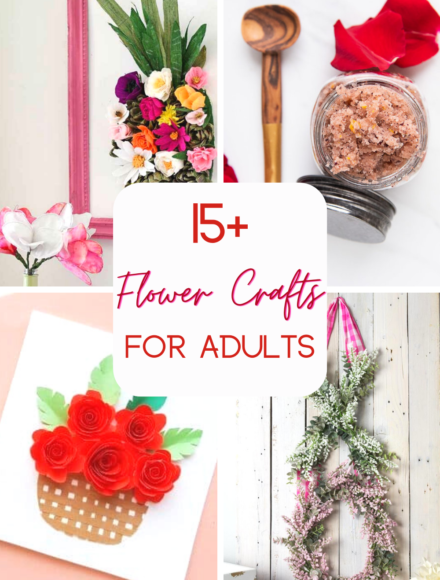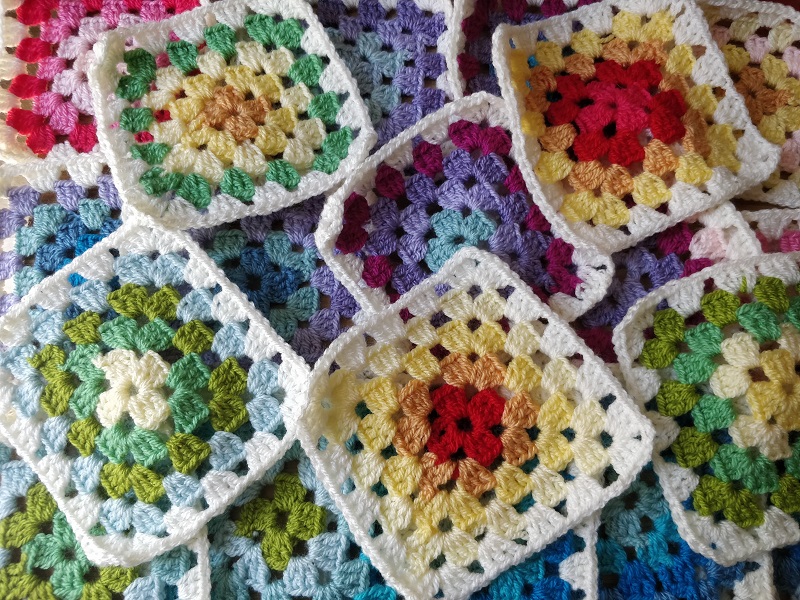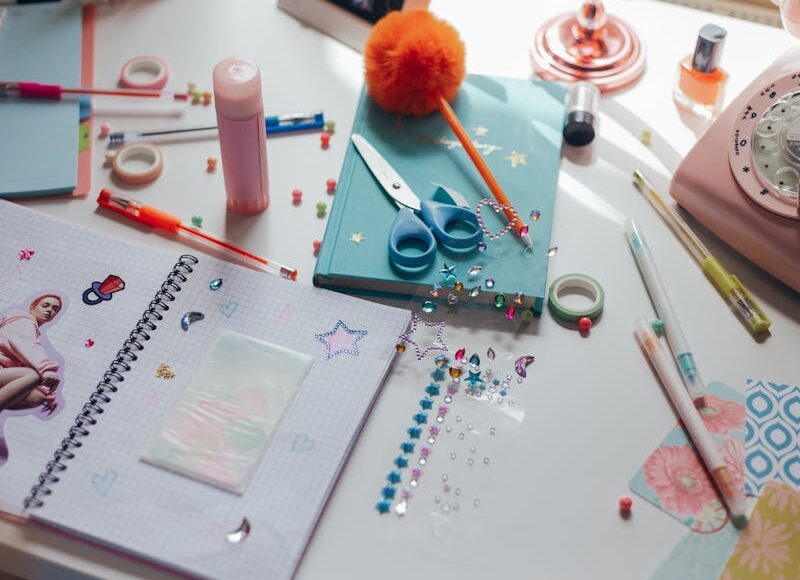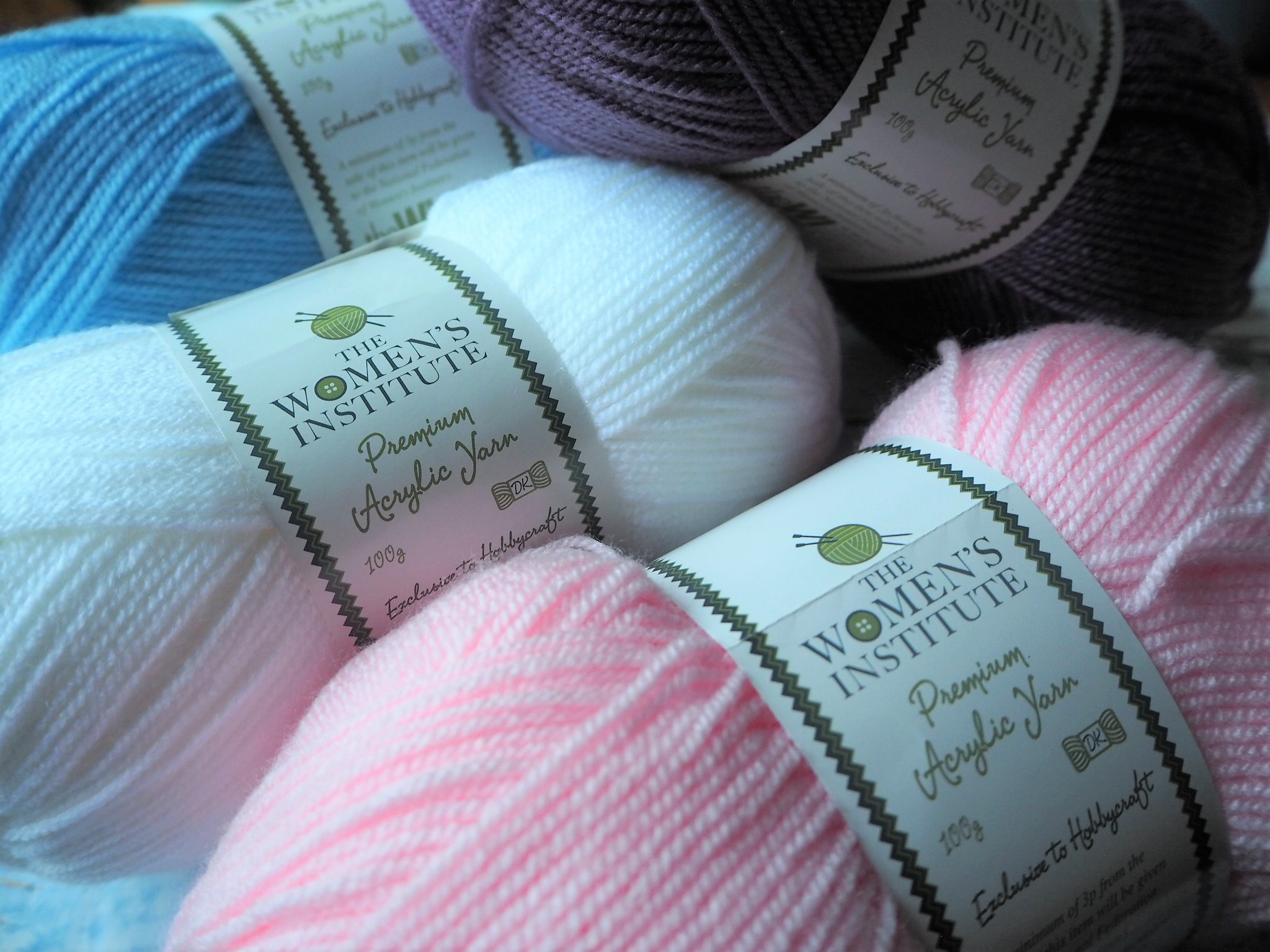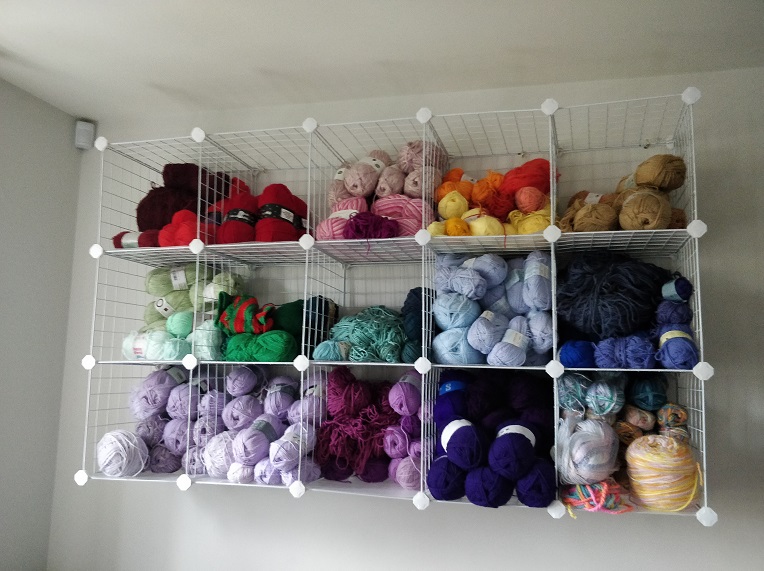Best Techniques for Creating Texture in Your Next Art Painting Project
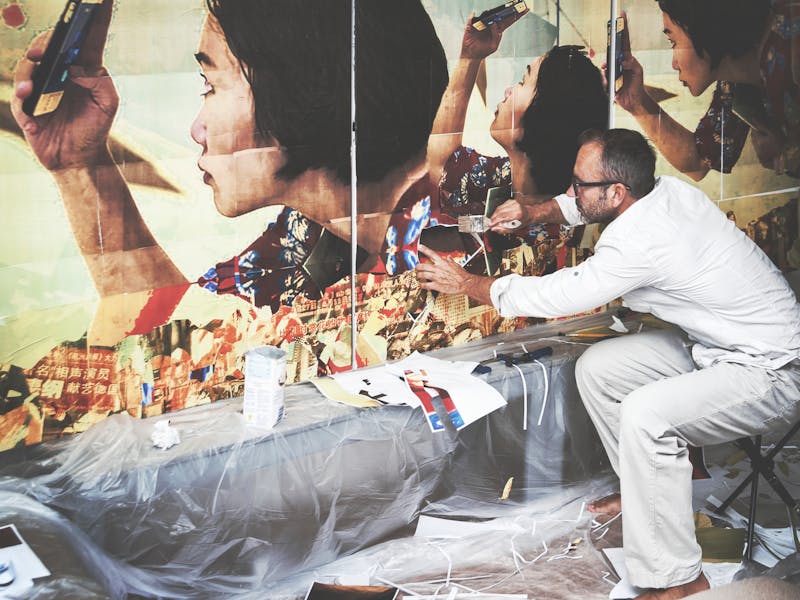
Are you looking for ways to enhance your art? Adding texture can enhance the feeling you want to achieve and lift the image from the canvas, adding a sense of depth.
However, there are different ways to introduce texture. If you’re playing around with a few techniques, here are some ideas to try that might deliver the effect you want to create.
Impasto Technique
Impasto is the Italian word for ‘texture’ and this method allows you to create bold, three-dimensional effects. It involves applying thick layers of paint to the canvas, allowing the brushstrokes or palette knife marks to remain visible, giving the work a dynamic, sculptural quality.
Impasto is most commonly associated with oil paints, but acrylics are frequently used for the impasto technique due to their thick consistency and quicker drying time, which makes them ideal for building layers. Gel mediums can also be added to the paint to increase its volume without altering the colour, allowing artists to experiment with different thicknesses and textures.
The tools used for impasto range from traditional brushes to palette knives and even unconventional items like sponges or combs. It’s used by a range of artists to create a striking scene or emotive image, and it can work across a range of styles, making it versatile.
Collage and mixed media
The integration of collage and mixed media is an approach that involves incorporating different materials into your artwork, adding both visual and tactile interest. Paper, fabric, or found objects, for example, can all be used to both complement and juxtapose the theme of a piece.
When working with mixed media, adhesion and preservation are key considerations. PVA glue, gel mediums, or specialist adhesives are often used to secure materials to the canvas. To ensure longevity, it’s important to use durable, high-quality materials and properly seal the finished work with a protective varnish.
Collage and mixed media not only add a layer of depth to your paintings but also offer endless possibilities for creativity. Whether you’re adding scraps of fabric for a tactile surface or integrating natural materials into objects to create a narrative, this technique encourages artists to push the boundaries of traditional painting.
Sgraffito method
The sgraffito method involves scratching through a layer of wet paint to reveal the colour underneath. This technique has roots in ceramics but is also used on canvas.
Sgraffito is particularly useful for creating intricate patterns and fine details that can add complexity to your painting. Artists typically use sharp tools like palette knives, brushes with stiff bristles, or even homemade implements such as toothpicks or nails to achieve the desired effect.
As with any pieces you work on, these techniques will require some trial and error to ensure that you achieve the desired effect. You might find that you want to combine these techniques or stick to one. Take the time to find the one that suits your style.
